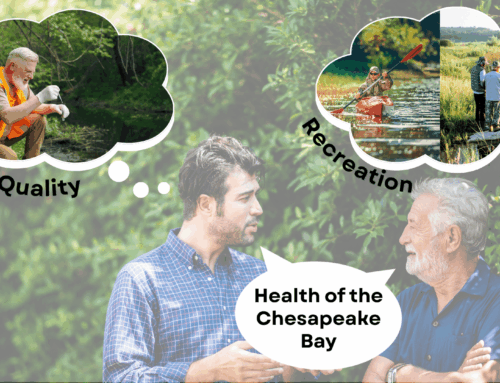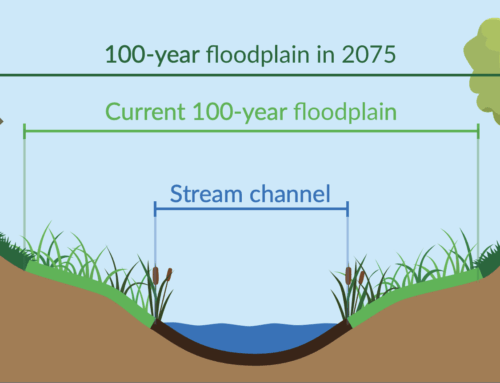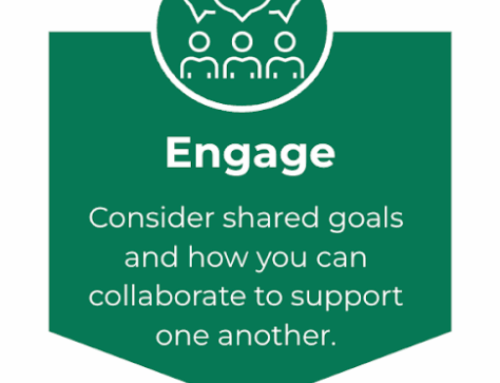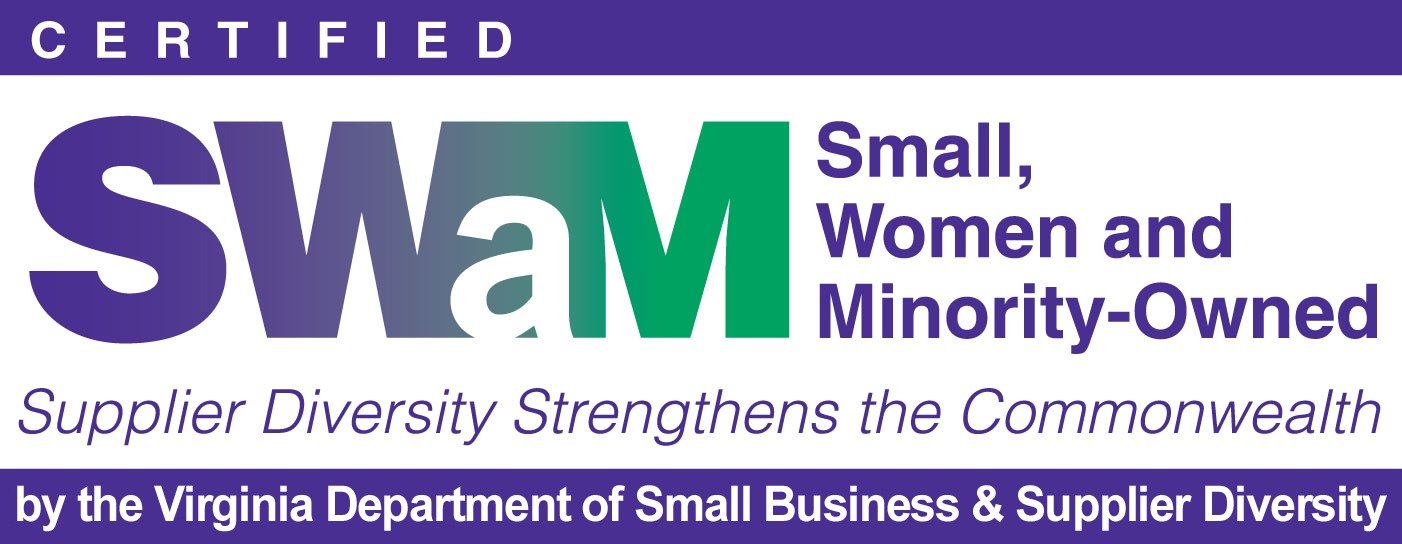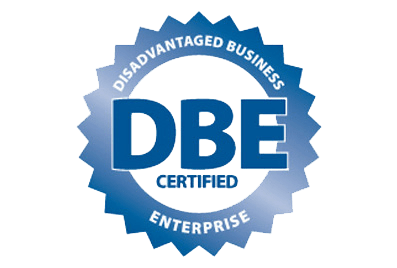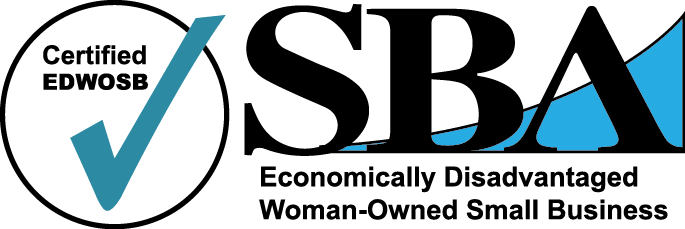Raise your hand if you've witnessed a scientific presentation that could have been a lot clearer. Raise both hands, and read on, if you want to avoid that fate. Below, we have compiled a list of tips and best practices to help scientists become powerful storytellers.
Plan your story arc.
Driven by a dedication to evidence-based conclusions, scientists often create presentations full of data and graphs and equations but forget that not everyone in the audience is as "tuned-in" to the scientific details as they are; therefore, they need a narrative framework to structure their presentations.
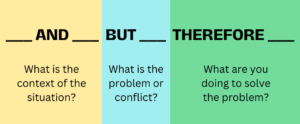
To see an example of this framework, reread the first sentence of this section!
For presentations, it's best to have a quick AB and spend most of the time discussing the T. Basically, give your audience a quick, compelling story that hooks them in, and they will be eager to listen to your solution in response to it.
Design your slides.
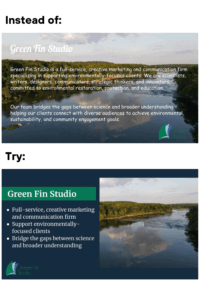
Avoid making the slide background an image because text can easily become lost. Instead, select a dark, solid color background. A good rule of thumb for slide content is to only have one central objective on each slide. When possible, avoid long sentences and opt for concise bullet points. Images can accompany text as long as they relate to the content and support your message.
Consistency is key. Your slides should be cohesive, so stick to one background color, use the same font scheme throughout, and keep your text the same color.
Engage the audience.
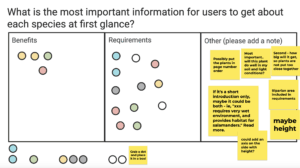
An impactful presentation is more than just slides; it's about developing a strong narrative, impactful visuals, and engaging components. Using these tips, you can join us in making the world a more scientifically literate place.
Looking for help with storytelling, graphic design, or community engagement? Reach out to hello@greenfinstudio.com—we'd love to hear from you!
